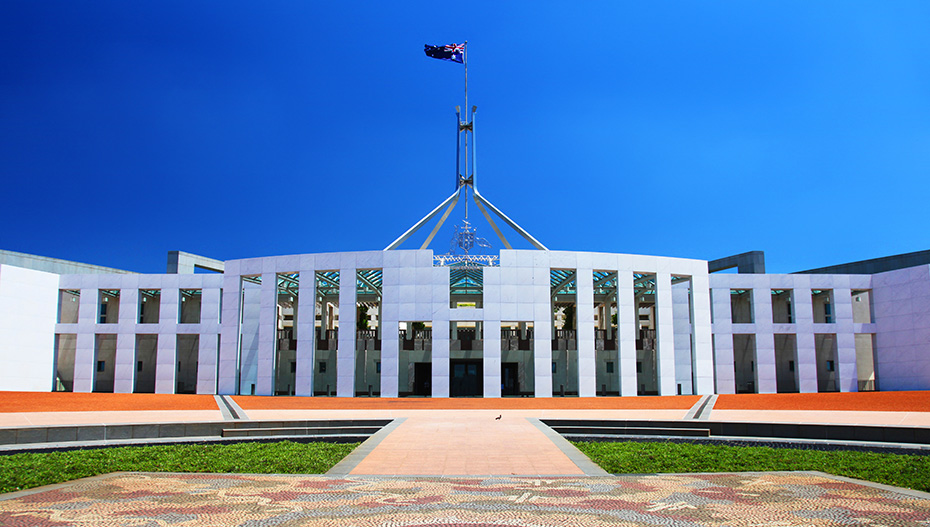Constitutional Law 101

Referendums are how we make changes to the Constitution.
A Referendum is the procedure that allows electors to vote on proposed alteration of laws or constitutional changes where such approval is legally necessary. A binding Referendum is different from a plebiscite where electors vote on matters which may or may not have legal effect.Referendums are necessary for Commonwealth constitutional changes but not for constitutional changes in every State and Territory. Superior legislation or entrenched legislation may provide for referenda. Constitutional changes in the Australian States must be carried out in the ‘manner and form’ of legislation as required by the respective Parliament.Referendums and non-binding polls or plebiscites are also a feature of local government democracy.
The power to call a Referendum comes from the Constitution.
Section 128 of the Commonwealth Constitution outlines the method by which the Constitution may be altered. The following is an extract from section 128:
This Constitution shall not be altered except in the following manner:
The proposed law for the alteration thereof must be passed by an absolute majority of each House of the Parliament, and not less than two nor more than six months after its passage through both Houses the proposed law shall be submitted in each State and Territory to the electors qualified to vote for the election of members of the House of Representatives.
But if either House passes any such proposed law by an absolute majority, and the other House rejects or fails to pass it, or passes it with any amendment to which the first-mentioned House will not agree, and if after an interval of three months the first-mentioned House in the same or the next session again passes the proposed law by an absolute majority with or without any amendment which has been made or agreed to by the other House, and such other House rejects or fails to pass it or passes it with any amendment to which the first-mentioned House will not agree, the Governor-General may submit the proposed law as last proposed by the first-mentioned House, and either with or without any amendments subsequently agreed to by both Houses, to the electors in each State and Territory qualified to vote for the election of the House of Representatives.
When a proposed law is submitted to the electors the vote shall be taken in such manner as the Parliament prescribes. But until the qualification of electors of members of the House of Representatives becomes uniform throughout the Commonwealth, only one-half the electors voting for and against the proposed law shall be counted in any State in which adult suffrage prevails.
And if in a majority of the States a majority of the electors voting approve the proposed law, and if a majority of all the electors voting also approve the proposed law, it shall be presented to the Governor-General for the Queen's assent.
No alteration diminishing the proportionate representation of any State in either House of the Parliament, or the minimum number of representatives of a State in the House of Representatives, or increasing, diminishing, or otherwise altering the limits of the State, or in any manner affecting the provisions of the Constitution in relation thereto, shall become law unless the majority of the electors voting in that State approve the proposed law.
In this section, Territory means any territory referred to in section one hundred and twenty-two of this Constitution in respect of which there is in force a law allowing its representation in the House of Representatives.”
To be successful, a Referendum needs to be passed through Parliament and a “double majority” vote.
Any proposed law for alteration of the Commonwealth Constitution must be passed by an absolute majority in both Houses of the Commonwealth Parliament; that is, the House of Representatives, or “lower house”, and the Senate, or “upper house”. If passed by both Houses of Parliament, it is submitted to the electors at a Referendum not less than two months and not more than six months after it has been passed by Parliament. It must then be approved by a majority, or more than 50 per cent, of the electors in a majority of the States, and by a majority of the electors in the Commonwealth overall. This is often referred to as the “double majority” rule.
A Referendum follows 7 key stages.
There are 7 key stages of a Referendum. These are outlined in section 128 of the Constitution and summarised as follows:
(1) the issuing by the Governor-General to the Electoral Commissioner of a writ for the Referendum;
(2) the closing of the roll of electors;
(3) voting throughout Australia on the same day;
(4) voting at a Referendum by the people;
(5) the counting of votes;
(6) the certification of vote counts in favour and against the proposed law, and the return of the writ to the Governor-General by the Electoral Commissioner; and
(7) the hearing, by the High Court of Australia, of disputes relating to a Referendum or a return.
In additional to this, the Electoral Commissioner must distribute, not later than 14 days before the voting day for a Referendum, a pamphlet containing an argument in favour of the proposed law and an argument against the proposed law and forwarded to the Electoral Commissioner. The pamphlet must also include a statement showing the textual alterations and additions proposed to be made to the Constitution.
 LexisNexis
LexisNexis